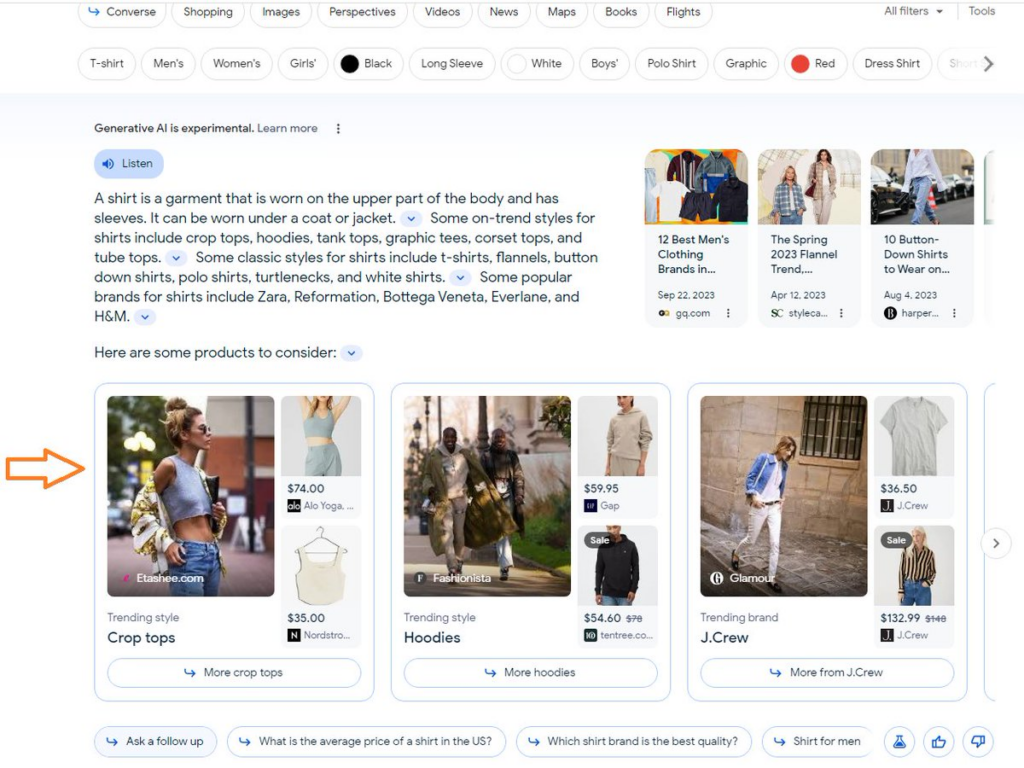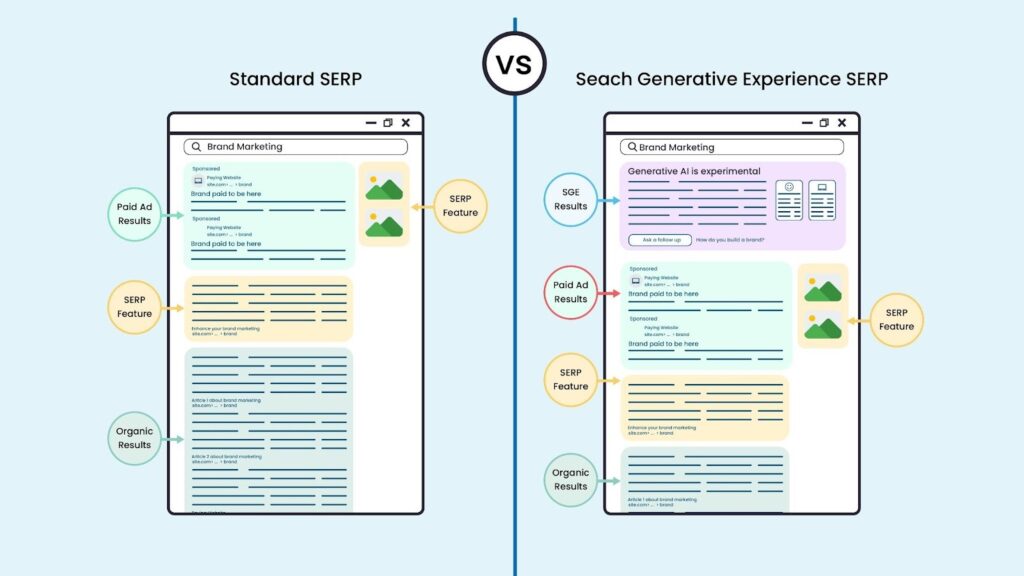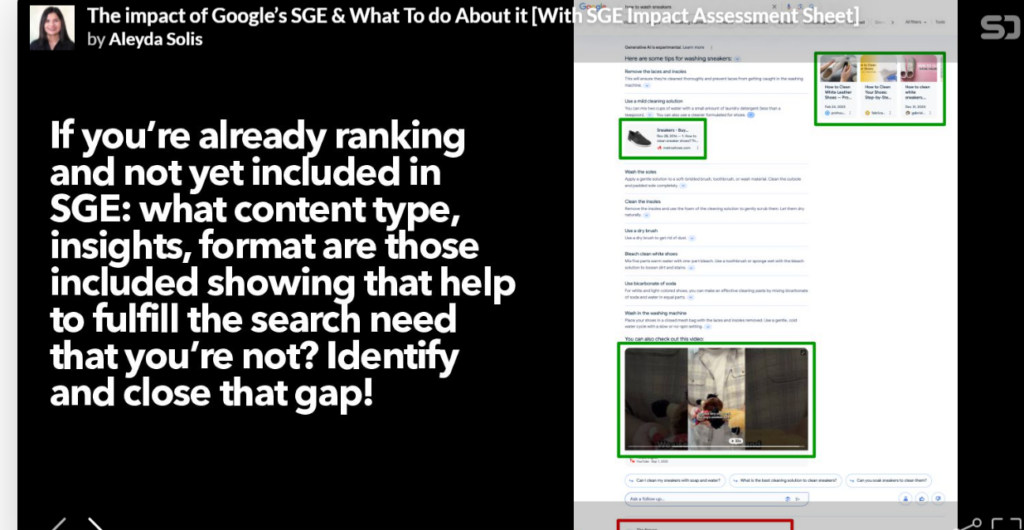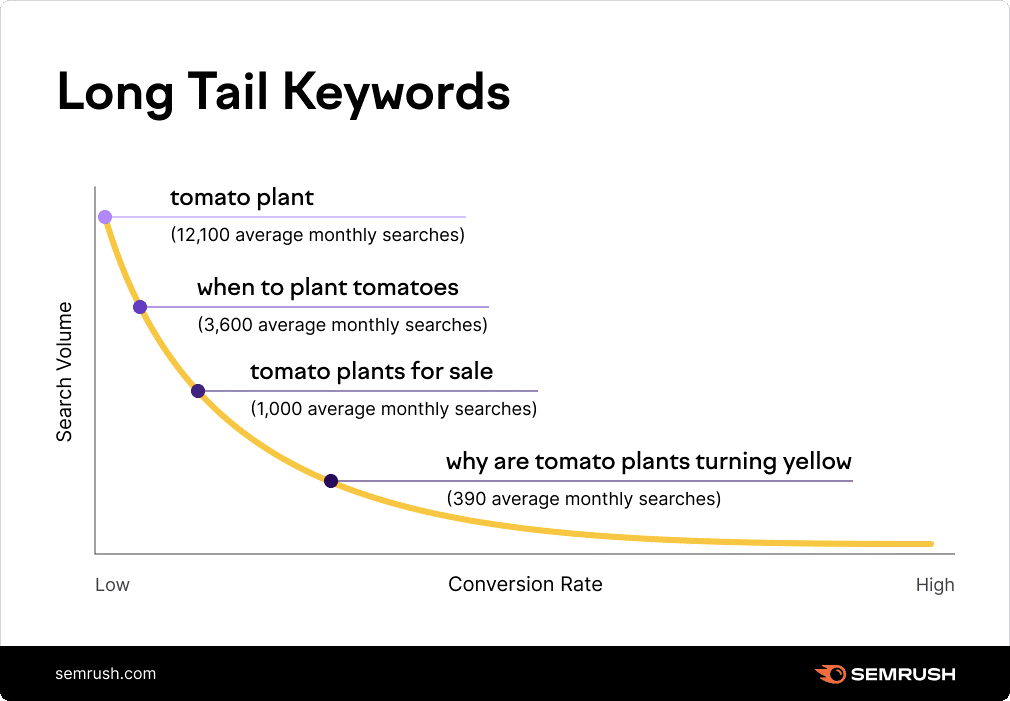Exploring the AI Depths: A Dive into SGE and how to overcome its Challenges
It’s fascinating how all things AI have unfolded in the last few years and continue to do so. We witnessed unceasing chatter, chaos, and speculations, so many of them. It felt like there was a never-ending uproar about ChatGPT, then came Bing AI (now called Microsoft Copilot), and now we’re experiencing the biggest hype around Google Search Generative Experience (SGE).
The latest addition to the AI spectrum is the code red to all the SEOs out there. Because,
1 – It’s coming to Google — the search behemoth of all time.
2 – The beta version seems to take over the dominance of the ten blue links and is expected to change conventional SEO forever.
We’ll talk about more reasons for it being the talk of the town in the ‘Challenges’ Section.
So, you see, high risks are associated with SGE. If your SEO team/agency isn’t talking about this already, they should be, and they should focus on devising a plan. Speaking of which, this blog focuses on functional ways and methods to help mitigate the risks related to SGE arrival and increase your chances of debuting in AI search. So, let’s begin!
What is Google SGE?
SGE is the AI-driven search realm of Google. Powered by strong generative models, it’s given a whole new approach to the search results. It answers queries in the form of short summaries that contain images, videos, Reddit threads, maps, places, and more. Along with that, it lists down all the related links of the resources to dive deep into the information. For most of the queries, it shows up a sequence of follow-up questions to help you get what you need.
Like, how about making a lasagna? Just a word will tell you about it!
SGE is built on specialized LLM known as Pathways Language Model 2 (PaLM 2), deep learning, and natural language processing (NLP).
It seems to understand context and respond accordingly, and this can be because Google is transitioning to semantic search.
Enhancing accessibility, clarity, and interactivity, the novel addition is meant to make Search more helpful. And it is interesting to explore the set of new features every passing day, like ‘Here are some products to consider’, sales, try on, and special offer.
In fact, there are some pieces of information that confirm that SGE is meant to elevate the whole shopping experience for people.
This blog fixates on the idea of how this advanced generative search AI makes complex purchase decisions easy and fast. Since it not only showcases product descriptions but also reviews, ratings, and product images, SGE delivers the coveted clarity and makes it easy to choose the right product. It should also be noted that delivering this wholesome shopping experience was made possible because generative AI is built on Google’s Shopping Graph. It has a whopping amount of 35 billion product listings which makes it the biggest dataset of brands, products, sellers, and reviews to date.
However, despite offering a range of benefits to the common users in their mundane search journey, how is it threatening to SEO and the people involved in doing it? Let’s reflect on that!
The Challenges
When it comes to challenges, the very first thing that rang the SEO alarm was the placement of SGE. It literally tops everything position-wise, even the paid ad results. And if Google goes along with launching this beta version finally, it’s a no-brainer that it’s going to take a huge chunk of traffic, engagement, and of course, rankings. As this disrupts the usual arrangement and conventional style of Google SERPs, ominous concerns have surfaced for SEO practices, existing traffic, and visibility.
And it doesn’t end here, there are more things to look into.
Back in December, Authoritas performed a comprehensive research study involving 1000 commercial keywords to study the potential impact of SGE. The eye-opening key facts revealed an incredible amount of information.
- This dataset showed that 93.8% of generative links didn’t match any top-ranking domains.
- Only 4.5% of SGE URLs matched page 1 results, whereas only 1.6% showed a different URL from the same ranking domain.
- Meanwhile, 86.8% of keywords triggered SGE responses, and 13.2% of keywords didn’t show generative answers.
- If a user ends up clicking on the ‘Show More’ link then the top-ranking result is further pushed down the page by 1562 pixels and 1630 pixels. This is 1.5 times the height of the standard viewport.
In another study performed by SERanking, we came across some interesting findings. They conducted this study on curated 100,000 keywords from 20 niches having a variety of search intents and search volumes. So, their findings were a little different in correlation to the Authoritas study. For instance, it was revealed that,
- 85.5% of links in the SGE carousel match one or more domains present in the top 10 organic results.
- News and Politics queries don’t trigger SGE responses much, while Food and Beverage niches showed up the most SGE results.
- When it comes to the presence of ads, in 73% of SGE snippets ads were present while in 27% of cases, no ads popped up.
This means that maybe this exciting Google Search Generative Experience isn’t built on the same Google algorithms. In case, it is using the same systems, it might be a possibility that it’s not prioritizing the rankings to choose its results.
As we’ve discussed in detail, now let’s move on to sharing solutions and winning strategies that can help you do better in this AI-driven realm.
The Solutions
In this section, we’ve listed down the solutions suggested by key opinion leaders along with presenting our understanding of what can work out in the new AI reality. Let’s begin!
-
Assess how much you’re at Risk
Have no idea at what levels SGE is going to impact you? Enter the Risk Assessment Sheet by Aleyda Solis. Due to its well-thought-out structure and easy-to-understand concept, it received huge appreciation in the SEO community.
This neatly put, color-coded sheet helps you assess the potential impact SGE can have on your site and gives you a good headstart on how you can survive the AI wave.
- All you have to do is list down your branded and non-branded search terms and fill out their respective search intent, volume, CTR, current monthly visits, and more details.
- Then run your search terms through SGE to see if you’re featured in the SGE snapshot.
- Next, you’re supposed to assess the risk of these queries being affected by SGE. This requires adding answers to “Is an SGE Snapshot featured?”, “What SGE type pops up?”, “Does the SGE answer fulfill user’s need?” and “Traffic Erosion Potential”.
- Lastly, analyze the SGE-linked resources and compare their characteristics to yours in order to discover improvement opportunities along with further actions to take.
It helps you identify the key queries that may be affected in terms of traffic and rankings. With the right headstart, you can start making amendments and bridge the gap between your content and SGE snapshot.
-
Use Schema Markups
As much as we like to see Google in the process of shifting from lexical to semantic search, it’s fascinating to see how it opens up new avenues for marketers and SEOs. Indeed, it gives us room to leverage on more opportunities. Like focusing on Schema markups more than ever now.
In October 2023, John Mueller stated in one of the update videos that Schema markup is a “machine-readable code that search engines use to understand content.” He suggested using a schema markup solution to update your structured data easily.
Speaking of which, having this machine-readable code implemented across your site can help you debut in SGE too. And this is exactly what Martha Van Berkel talks about in the latest Search Engine Journal Trends book 2024. She highlights the significance of Schemas in the current AI landscape and how they help search engines understand the content in relation to different queries. Having schemas on your site can help Google SGE understand whether your content is FAQs, blog posts, recipes, or some other content.
If you’re interested to know more about it, check out our video!
-
Go for Visual Optimization
The beta SGE version shows results from every valuable resource and notice how there’s always a place for videos, visuals, maps, and infographics. So, this means, you need to bring your A-game when it comes to delivering the visual experience to your audience.
Here are some specific areas to prioritize if you want to deliver a high-end visual experience:
- Experiential/informational videos
- Web stories
- Podcasts
- Webinars
- Visual Assets, infographics, data graphs, etc
-
Build Brand Mentions and Social Proofs
Shoutouts, product features, brand mentions, reviews, social proofs — now they’re more than important ever.
As SGE pulls up information from different sites and platforms to satiate the search intent, you must’ve noticed different review articles also popping up in your SGE snapshot. So, this presents the pristine opportunity to earn brand mentions from credible sources and people and make the most of them. Therefore, this year onwards, focus on developing meaningful connections in your industry and keep promoting your content to them.
-
Become the Go-to Resource in your Industry
Becoming one of the top voices in your niche is not easy and can feel like an exhausting journey. But only those get on this path who have what it takes to be the best — in their industry. And right now, it is another way of preparing for the SGE arrival.
To make this happen, you’ll need to put your heart, mind, and 100% effort into everything you put out. Every piece of content should be a work of EEAT that satiates the user intent and delivers what exactly they’re looking for. Your content pieces, stories, and case studies need to be helpful, unique, and better than existing content out there. Only then your audience will keep coming back with their queries because they’ll believe you’ll have the answers.
As you continue to create information-packed content pieces, don’t forget to build internal links to your other important pages. This practice increases the authority of your priority pages. In addition, try to keep earning backlinks organically along the way to enhance the overall authoritativeness of your content.
-
Optimize for Long-tail Queries
With SGE on the rise, zero-click searches are expected to grow double fold. Many low-hanging fruit keywords will likely stop performing for many websites. It’s high time that brands and businesses switch to crafting content around long-tail queries to capitalize on SGE traffic.
In a recent article, Julia Mccoy highlighted some key points on how beneficial it is to optimize for long tail searches now. She explained how Long-tail queries are evolving into a pivotal aspect of the SGE. Their unique nature allows AI to generate personalized, detailed answers garnering information from different sources. In return, it can boost your engagement and visibility holistically. Moreover, long-tail queries pose a higher conversion rate as compared to short-tail queries.
Source: Semrush
-
Rand Fishkin’s Take on SGE
In this super interesting Sparktoro five minute whiteboard, Rank Fishkin sheds light on the evolution of search and the introduction of SGE. He addresses the matter of how to get into SGE results and why we have to think differently about it. He says:
“It’s my belief that practices like PR, practices like content creation, practices like finding the sources that are feeding into the generative AI training data, those are going to be important parts of what web marketers have to do in the future regardless of their disciplines if they wanna be in SEO results.”
Is it the end of the paid ads?
Absolutely not!
Last year Google published this blog which states search ads will continue to appear in dedicated slots throughout the page in SGE. The new AI realm isn’t going to affect its decided share in SERPs.
On the subject in question, here are some valuable insights by Gartner VP analyst Nicole Greene:
“Advertising is still the largest revenue generator for Google, across Google properties and YouTube, and we can expect that they will continue to design SGE to maximize this revenue. Publishers need to rethink the structure of their companies, often focused on large investments and growth, and look to embrace the changes in technology and consumer engagement by diversifying revenue streams beyond advertising to areas like paid models and events. This helps bring content to consumers where they are more likely to engage.”
Conclusion
Changes in SGE seem to be happening every day. But it does make sense as it’s experimental. It can be rolling out soon, maybe sooner than we’re anticipating as some tools — Semrush, and SERanking — have already introduced the SGE snippet detection feature now.
It’s established that neither it is SEO Apocalypse nor SEOs are supposed to go on a battle against SGE. All we have to do is be prepared and start examining what’s working out for us to get a spot in the SGE carousel, if you’ve got a smart tip up your sleeve, share it with us in the comments.
The main takeaway of this discourse is that we really need to stay on top of things related to SGE. Because things are changing. And changes are good.














